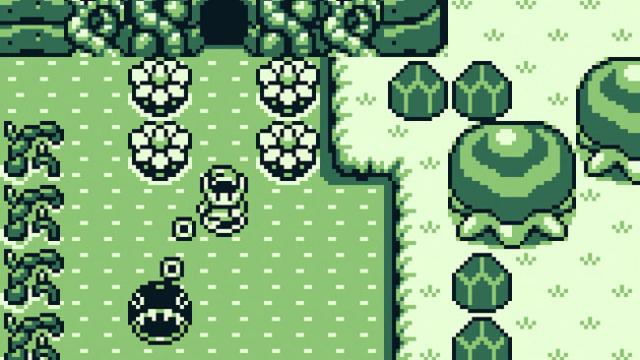The Nintendo Game Boy turned 30 years old this weekend. Released on April 21, 1989 in Japan, it helped usher in an entirely new approach to gaming. Although the Game Boy wasn’t the first ever hand-held console, it’s still one of the best known, and its success showed that handheld gaming could be more than just games on the go.
The Game Boy was an equaliser, allowing access to imaginative worlds wherever you wanted, and paving the way for mobile gaming as we know it today.
Today, many people who play games play them on the go. They pop open their phones in the waiting room or while riding on subway trains, tapping at puzzle games or endlessly running through temples. They can even play Mario or work through Final Fantasy on a handheld.
The present state of things, where so many players enjoy their games on the go, owes a lot to the Game Boy. The large, near-brick size console made it possible to enjoy fantastic worlds wherever you went. Not unlike the first books off the printing press, the Game Boy ushered in a reality where games weren’t just the providence of die-hards with home computers or consumers with money to spare on consoles, some of which were expensive. (The Game Boy was still pricey at launch though.)
I remember the first time I saw anyone playing a Game Boy. It was at one of my sister’s ballet classes. As me and my mother dutifully waited for my sister’s class to end, a lone boy sat on a slanted basement door, intently gazing into a world that only he could see.
Curiously, and with all the guileless tactlessness of a child, I ambled over to get a better look. I could just barely see Link, exploring the world of Link’s Awakening. The off-green screen was hard to parse, but I had a feeling there was magic within it, if I could only crane my neck to the right angle.
But the boy moved so that I couldn’t see his game any more, as if hiding a secret that he didn’t want to share with anyone else.
I can’t blame him for wanting to keep the secret to himself. The notion of a game on the go, a robust world full of adventure right in the palm of your hands, was something relatively new. It was only natural that he wanted to protect it from onlookers, whose presence would suddenly turn his experience from a one-on-one conversation with Link’s Awakening into a more mundane interaction with the rest of the world.
That was one the the true appeals on handheld gaming. It wasn’t simply the magic of having a world in your hands. It was the intoxicating idea that because it was in your hands, you somehow had a greater stake in that world. Link wasn’t on some television screen across the room. He was right there! And he could come with you, in your pocket, anywhere you went.
What made the Game Boy even more special was how it successfully translated familiar series and experiences into something unique. Samus’ adventures in Metroid offered exploration and discovery, but Metroid II: Return of Samus used the Game Boy’s limited screen space to create a more somber and almost horror-like experience that laid the foundations for the series’ exploration of ideas like isolation and motherhood. Pokemon boiled Japanese role-playing into something digestible and portable, an adventure that you could bring to school and, with the held of a Link Cable, turn into a social experience of trading and monster battling.
Cave Noire, never released in the United States, was a rogue-lite before that term had been invented; it was a run-based dungeon explorer that offered new tricks each time you played. The Game Boy was a place for developing ideas, for pushing the familiar into new places, and for reshaping games as they were understood into new forms.
More than anything else, the Game Boy and its eventual competitors (the Sega Game Gear, the Playstation PSP, and the Vita), helped pave the way for viable handheld games. This pathway morphed over time; as phones and other devices became able to run basic games, demand for games on the go stayed strong.
That design has become integral to Nintendo’s hardware lineup, with both the Nintendo Switch and 3DS offering the means to play handheld. The ubiquity of handheld gaming that we see today—if you have a phone, you have a means to play games—traces back to those experimental days when Nintendo shrunk down their games to a portable size.
When I see a stranger playing a mobile game or pulling out their Nintendo Switch in public, I still think of the first time I saw the Game Boy and how it felt like seeing magic in the palm of someone’s hand.

Comments